To our Grantees and Colleagues,
The Keith Campbell Foundation for the Environment has the potential to initiate and support powerful advances towards restoring the Chesapeake. Together with our capable, innovative grantees and partners, we have the ability to focus our efforts on topics, technologies, and geographies in transformational ways that states and federal agencies would find difficult, if not impossible. Through informed, focused, and dynamic strategic planning and grantmaking, KCF can catalyze opportunities, assist institutions, and formulate example programs that will allow communities, stakeholders, and agency efforts to realize more potent and robust restoration outcomes.
In the beginning stages of the state-federal plan to restore the Chesapeake, pollution control tactics were clear. In those early years, point sources dominated restoration efforts. Pollution emerging from pipes was clearly an acute problem and these point sources were easy to identify, measure, and trace to a single responsible person or institution. The next major contribution to reducing loadings to the Bay occurred with the EPA’s implementation of the acid rain program, which limited the atmospheric emissions of nitrogen beginning in 1995.
Today, while cities and suburban sprawl near major western shore rivers still provide significant point source loadings, most of the Bay’s nitrogen and phosphorus loading originates from widely distributed urban/suburban stormwater and agricultural sources. This poses strategic challenges. Instead of tracing a pipe to a single responsible party that has the means and capacity to ‘clean up its act’ (an industry or municipal wastewater plant), we are dealing with loading sources that cannot be traced to an individual person or entity.
We intend to tackle these complex and distributed pollution issues through a bottom-up, systems-approach that harnesses communities with other stakeholders and leadership that recognize a need to change together. We believe that lasting changes can only be brought about by fully accounting for the intertwined social, economic, and environmental dimensions of the problems at hand. Accordingly, moving forward, The Campbell Foundation’s portfolio will continue a shift towards supporting the following approaches.
- Community investment in driving ‘no-net-pollution’ development and zoning through participation in their municipal and community comprehensive planning and zoning processes
- Development of and trials for promising new technologies and methods that help to limit or cleanse agricultural and urban/suburban runoff
- The founding and evolution of 360° stakeholder-driven, consensus-based, problem-solving groups (where 360° signifies that all parties are represented at the table)
- Projects that leverage emerging consumer preferences and supply chain mechanisms
- Providing farmers with non-traditional technical support opportunities to help them with nutrient efficiency planning and implementation
- Supporting agricultural and business leaders seeking to ‘get ahead’ of consumer preferences and policies, and to serve as examples that will ‘move the bar’ for their peers
While the Foundation’s investments in these strategic approaches will increase in the coming years, we will continue to balance our grantmaking portfolio with the inclusion of traditional water quality restoration advocacy and environmental guardianship activities, to ensure that the restoration progress we have made together is preserved into the future.
Likewise, while our Campbell Foundation portfolio will continue to fund projects across the watershed, we will give special priority to projects within two key geographies: Lancaster County, PA and the Delmarva Peninsula. We chose these two geographies because they share a few important and relatively unique qualities:
- they are prominent nutrient loading ‘hotspots’
- they represent relatively self-contained systems
- headwaters for nearly every stream in those regions fall within their boundaries
- they feature strongly intertwined social, economic, and environmental dimensions
- they have established, motivated, restoration-focused 360° community leadership groups
- they are “right-sized” relative to Campbell Foundation’s annual giving and our expectations for success
A healthy Bay is fundamentally important to our economy. Farmers, citizens, municipal leaders, and corporations within the watershed believe this to be true. By focusing our resources on key geographies and bridging deeply carved ‘canyons of mistrust’ among key stakeholder groups, we can complement ongoing efforts throughout the watershed to make a dramatic difference towards restoring the Chesapeake.
In partnership for a healthy Chesapeake Bay,
Samantha Campbell
President
Bob Wood
Program Director, Chesapeake
View the 2016 Update



